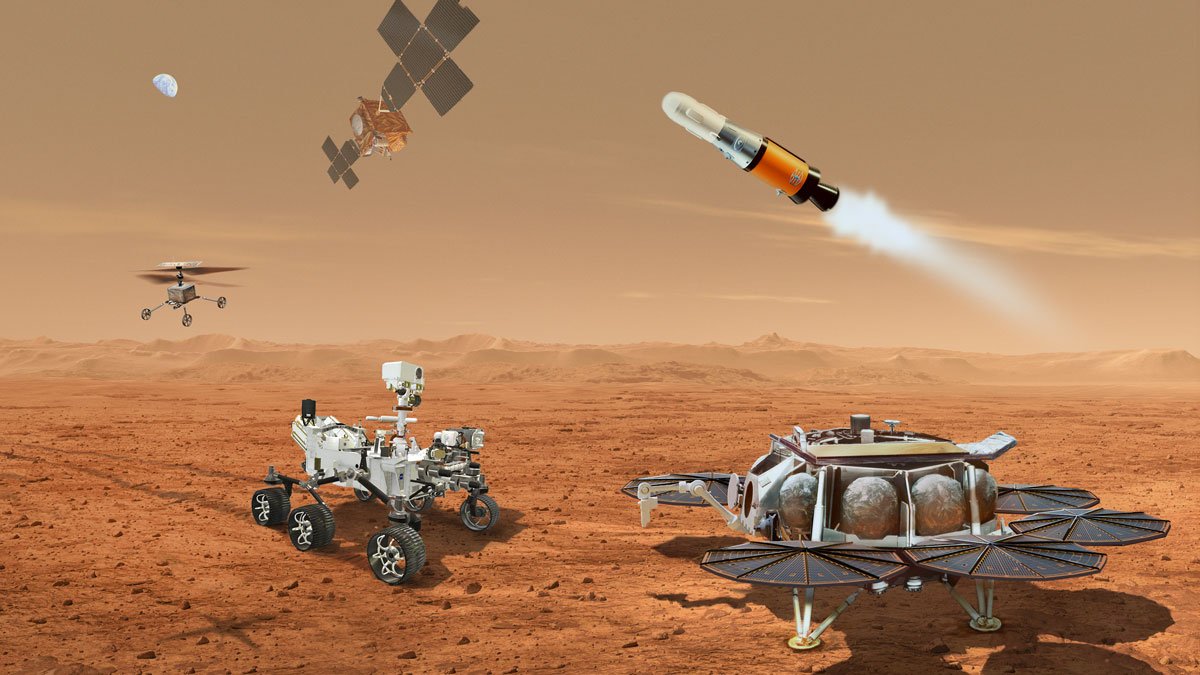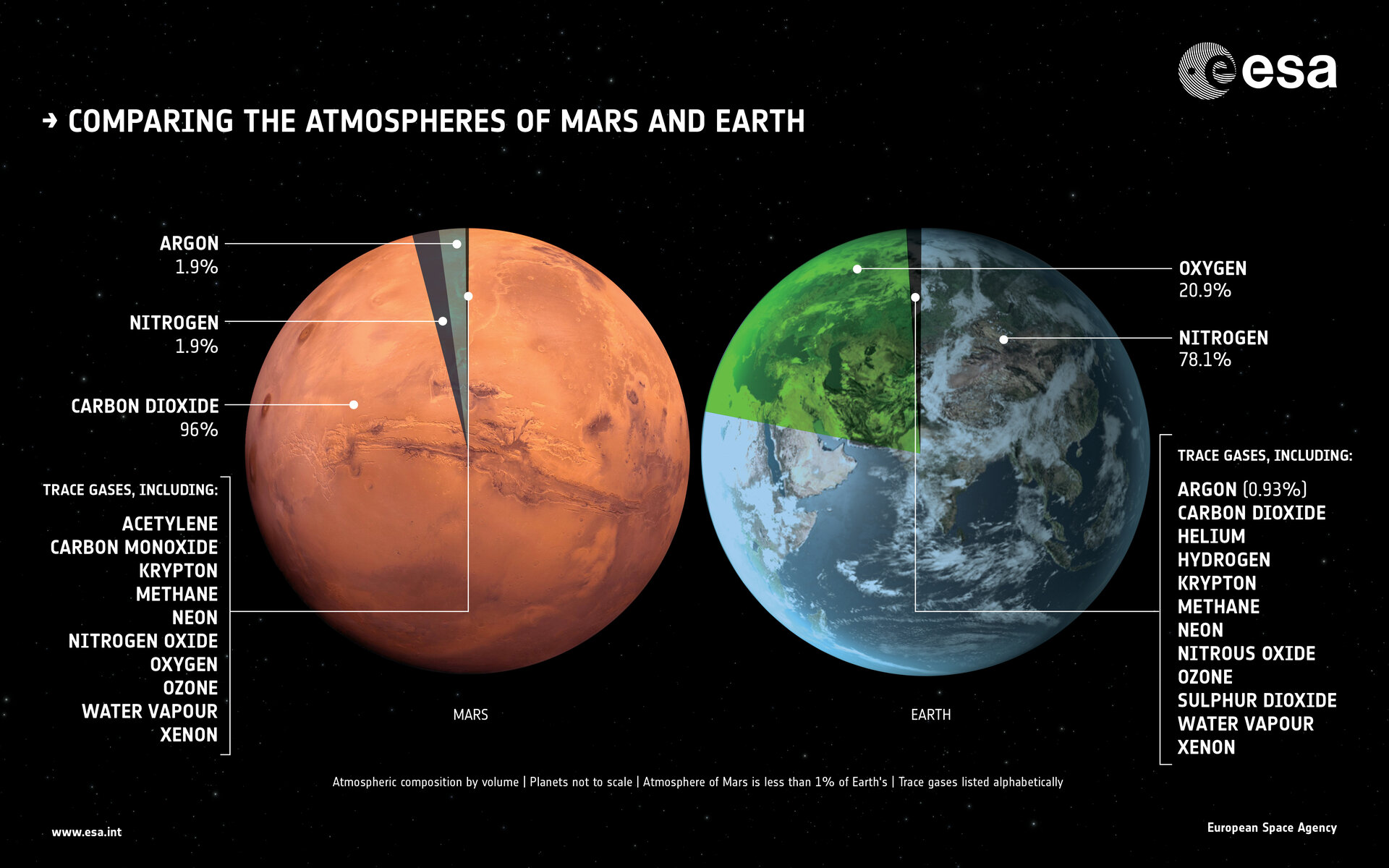
Exploring the Mysteries of mars the planet
- Nov 08, 2023
- | 88
A Red World: The Martian Landscape
One of the most striking features of Mars is its rusty-red appearance, which is due to the presence of iron oxide, also known as rust, in its surface materials. This gives the planet its iconic reddish hue and sets it apart from its celestial neighbors. The Martian landscape is a rugged and diverse terrain, with vast canyons, towering volcanoes, and deep craters. The most well-known of these is Valles Marineris, a system of canyons that dwarfs the Grand Canyon on Earth and stretches for over 4,000 kilometers. Jinnah And Gandhi are two iconic figures in the history of South Asia, and their roles in the struggle for independence and the creation of India and Pakistan have left an indelible mark on the region's history. The planet also boasts the largest volcano in the solar system, Olympus Mons, which stands at an astonishing 13.6 miles (22 kilometers) high, nearly three times the height of Mount Everest. These geological wonders, along with Mars' barren deserts and polar ice caps, make it a fascinating subject of study for geologists and planetary scientists.A Mysterious Climate
Mars has a thin atmosphere, composed mainly of carbon dioxide, with traces of other gases like nitrogen and argon. This thin atmosphere results in a cold and inhospitable environment, with average temperatures around minus 80 degrees Fahrenheit (-62 degrees Celsius). Mars' climate is a topic of great interest, as scientists are eager to understand its past and its potential for future habitability. One of the most intriguing aspects of Mars' climate is the evidence of ancient river valleys, lake beds, and even the possibility of a vast ocean in its distant past. This suggests that Mars may have once had a more Earth-like climate capable of supporting liquid water and, potentially, life. The transformation of the planet's climate over time and the quest to unravel the history of Martian water are central themes in Mars exploration.The Search for Life
The tantalizing question of whether life exists, or ever existed, on Mars has been a driving force behind many missions to the planet. While no direct evidence of current life has been found, the discovery of organic molecules and the potential habitability of certain Martian environments continue to fuel hope. Mars' harsh surface conditions and thin atmosphere make it a challenging place to search for life, but scientists have identified places where microbial life might possibly survive beneath the surface. Recent missions, such as NASA's Perseverance rover, have been equipped with advanced instruments to explore the planet's geology and search for biosignatures in the form of organic compounds.Human Exploration: The Next Frontier
Mars has long been a target for human exploration, with the ambition to send astronauts to the Red Planet. While numerous robotic missions have paved the way for human missions, the challenges are immense. The journey to Mars takes months, and astronauts would need to contend with harsh radiation, extreme temperatures, and isolation during their mission. Despite these challenges, the dream of sending humans to Mars persists. Private companies like SpaceX and government space agencies, including NASA, are actively working on plans to make Mars colonization a reality. The prospect of establishing a human presence on another planet is a tantalizing one, offering the potential for scientific discovery, resource utilization, and even a possible escape route for humanity in the distant future.The Future of Mars Exploration
Mars continues to be a captivating subject of study and exploration, with missions such as the Perseverance rover and the upcoming James Webb Space Telescope poised to provide new insights into the planet's mysteries. Moreover, international collaboration and the involvement of private industry are accelerating our understanding of Mars and the possibility of future human missions. As we look to the future, Mars remains a symbol of our unceasing curiosity and determination. The Red Planet's allure lies not only in its striking appearance but also in the potential it holds for scientific discovery, the quest for extraterrestrial life, and the prospect of becoming a second home for humanity. With every mission to Mars, we move one step closer to unraveling its many mysteries and realizing our dreams of exploring the Red Planet in person.

22.jpg)



